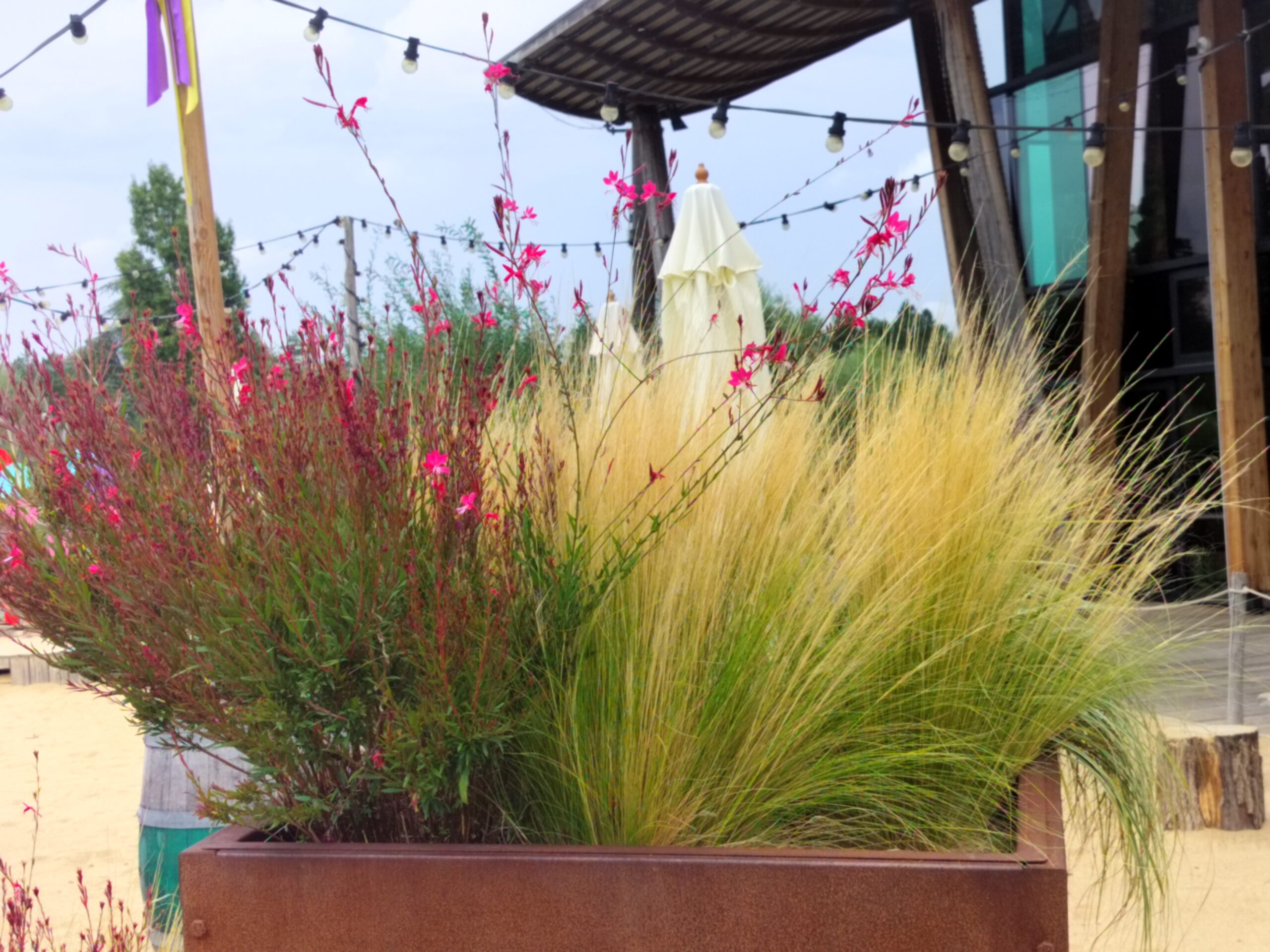No products in the cart.

One of the societies of gardeners/gardens/horticulturalists that I admire the most is the Mediterranean Garden Society.
The research, the devotion, the attention to detail, the dedication, the precision and the wonder that binds the members together is really astounding and I am very happy to say that I have become a proud member of the society as of this year!
As we proceed into the autumn months – the best planting months for dry gardens, I’d like to share a few notes and tips from the Mediterranean gardeners around the world concerning how/what/why dry gardens and how to ensure that they will survive – from one sun-blasting year to the next.

Why make a Dry Garden?
A dry garden – or a xeriscaped garden – is one that receives little or no irrigation, using plants that are adapted to the dry summers characteristic of regions with a mediterranean climate. Because water is a precious natural resource which is already becoming scarcer as the climate changes – the quotas on water usage in various regions in France this summer should remain in our minds – it is only natural for those who love to garden to look for solutions that would allow for their gardens to withstand the 40° spikes along with the periods of drought or water restrictions that the summers have in store for us.
And inevitably, one of the main main main reasons is that aesthetically, a mediterranean garden is largely unbeatable. Flourishing in the heat, evergreen in the winter months, maintaining shape while bringing dynamism, fragrant and romantic, bright in color and simultaneously toned to cool greys and sages that bring a calm stillness to the sweltering heat.

What Plants Grow in a Dry Garden?
Trees, shrubs (including many climbers), subshrubs (including many aromatic plants), bulbs, winter- or spring-flowering annuals and some herbaceous perennials. Thousands of plants native to the various mediterranean-climate regions of the world are adapted to dry summer conditions. We are careful to also select plants that can withstand the frost as many regions in France are still bitten by a few days or weeks of frosty mornings. The key for survival is the soil – it must be well draining if you want our Mediterranean companions to survive.
Soggy roots will mean a soggy future.
What plants are off limits?
Indoor plants, tropical plants, lawns and plants from temperate climates, which will die without summer watering.
How do Mediterranean Perennials survive Without Water?
Mediterranean plants withstand dry summers because their growing period is in autumn, winter and spring, when they can rely on natural rainfall. In summer they suspend growth. Many have leathery,glossy, downy or silvery-grey leaves (check out our Grey Ladies category if you want to see what I mean!), which help them to reduce water loss from the leaves. The foliage differs in luminosity and texture and the general shape or structure of the plant allows for a large creative palette, especially when you remember that many of them are evergreen (or evergrey as it were).

What is deep watering?
Some dry-climate plants will rapidly die if watered in summer.
I have personally done this with Salvia apiana, Convulvulus cneorum, Helichrysum rosmarinifolius, Rosmarinum prostratus…. Rest in Peace.
The journey to understanding which HATE water and which will tolerate it is delicate – some will be fine, some will live a shorter amount of time if watered consistently and some won’t even notice.
Something to remember, and I think I have mentioned this elsewhere – regardless of how drought tolerant your plant is, it needs help in the beginning.
During the first summer or two, before they have become established, newly planted plants will need deep watering once every two or three weeks.
OK, but what is it exactly?
It means giving a plant a lot of water given infrequently rather than giving it small amounts frequently.
It allows the water to penetrate deep into the soil and encourages the plants to put down deep roots, helping them to withstand drought better.
When we plant our perennials, we ensure that they are planted slightly lower than ground level, in a bit of a basin. This allows for water to collect and seep in an organized fashion, while also allowing for mulch to be put down on the surface without creating a wavy-ground effect.
Limiting water evaporation + aesthetic sensitivity = win.

A Few Tips:
- Plant in Autumn
- Always plant in autumn so that your new plants can get the benefit of the winter rains during their first growing season.
- Buy your plants small
- When buying plants, choose small and stocky specimens of the species you want rather than letting yourself be tempted by large ones in full flower. Small plants have the highest success rates, adapting more easily to new soil/locations and developping faster than their older siblings.
- Summer Leaf Drop
- Don’t worry about Mediterranean plants dropping their leaves in the summer – many of them will enter into their dormancy phases in the summer to survive the dry seasons. Their leaves will return in the autumn!
- Drainage
- Dry-climate plants hate having soggy feet in winter and thus need well-drained soils. To ensure good drainage, ensure that you have aerated your soil before planting – add sand and small gravel to improve drainage and then plant. We’ll be doing a video on how to properly plant soon so stay tuned!
- Mulching
- To prevent the evaporation of moisture from its surface, cover the soil with a mulch (leaves, pines needles ( watch out for acidity levels), miscanthus chips, wood chips)

